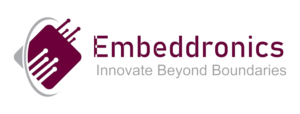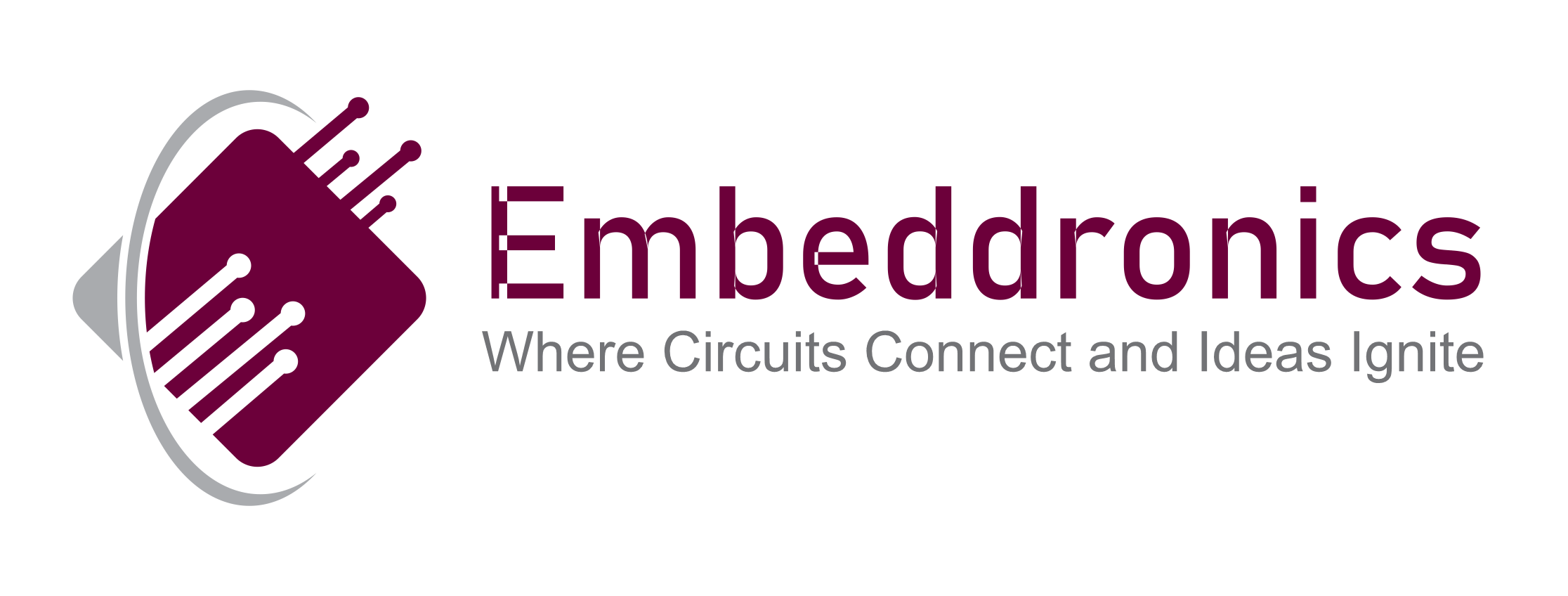
Optimizing Power Consumption in Embedded Devices: Tips and Techniques
In the rapidly evolving world of embedded systems, optimizing power consumption is crucial for extending the battery life and enhancing the efficiency of devices. Whether you’re working on IoT devices, wearable technology, or any battery-powered gadget, reducing power consumption can significantly impact the overall performance and user experience. In this blog, we’ll explore some essential tips and techniques to optimize power consumption in embedded devices, ensuring they operate efficiently while conserving energy.
1. Utilize Deep Sleep Mode
One of the most effective ways to save power in embedded devices is to use deep sleep mode. This mode significantly reduces the power consumption by shutting down most of the system components and only retaining the essential functionalities. When the device is not actively performing tasks, switching to deep sleep mode can extend battery life. For example, microcontrollers like the ESP32 and nRF Nordic chips support deep sleep modes, allowing devices to consume minimal power when idle.
2. Implement Efficient Switching Circuits
Switching circuits play a crucial role in managing power distribution within embedded systems. By using efficient switching regulators instead of linear regulators, you can minimize power loss. Switching circuits are designed to handle high voltage low current scenarios, which can significantly reduce the overall power consumption. Ensuring that your circuit design incorporates efficient power conversion techniques can lead to substantial energy savings.
3. Leverage Bluetooth Low Energy (BLE)
For wireless communication, Bluetooth Low Energy (BLE) is a game-changer. BLE is designed for applications that require intermittent data transmission with low power consumption. When compared to classic Bluetooth, BLE consumes significantly less power, making it ideal for battery-powered embedded devices. Integrating BLE into your design can help you maintain connectivity while minimizing energy usage.
4. Optimize Current Consumption
Understanding and optimizing current consumption is fundamental to power management. Regularly measure the current consumption of your device during various operational states and identify areas where you can reduce power usage. Techniques such as reducing clock speeds, disabling unused peripherals, and optimizing code can lead to lower current consumption, thereby extending battery life.
5. Choose the Right Battery
Selecting the appropriate battery for your embedded device is critical. Common choices include 3.7V lithium-ion batteries and coin cells. Each type has its own advantages and is suitable for different applications. For instance, a 3.7V lithium-ion battery offers a higher capacity and is suitable for devices that require more power, while coin cells are ideal for low-power devices due to their compact size and sufficient capacity for less demanding applications.
6. Implement Power Management Techniques
Effective power management involves both hardware and software strategies. Using power management ICs (PMICs) can help regulate voltage, control power distribution, and manage heat dissipation. Additionally, software techniques such as dynamic power scaling and efficient task scheduling can optimize power usage. Ensure that your embedded system is designed with power management in mind to achieve the best results.
7. Address Heat Dissipation
Heat dissipation is a critical aspect of power consumption. High power consumption often leads to increased heat generation, which can affect the performance and lifespan of your embedded device. Implementing proper heat dissipation techniques, such as using heat sinks, thermal pads, and optimizing the layout of components, can help manage and reduce heat, ensuring the device operates efficiently.
Conclusion
Optimizing power consumption in embedded devices is essential for enhancing efficiency and extending battery life. By utilizing deep sleep modes, implementing efficient switching circuits, leveraging BLE, optimizing current consumption, choosing the right battery, and employing effective power management and heat dissipation techniques, you can significantly reduce power usage in your embedded systems. Incorporating these strategies will not only improve the performance of your devices but also contribute to a more sustainable and energy-efficient future.
For more insights and detailed guides on embedded systems, visit Embeddronics and stay updated with the latest trends and technologies.
